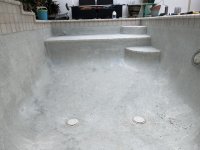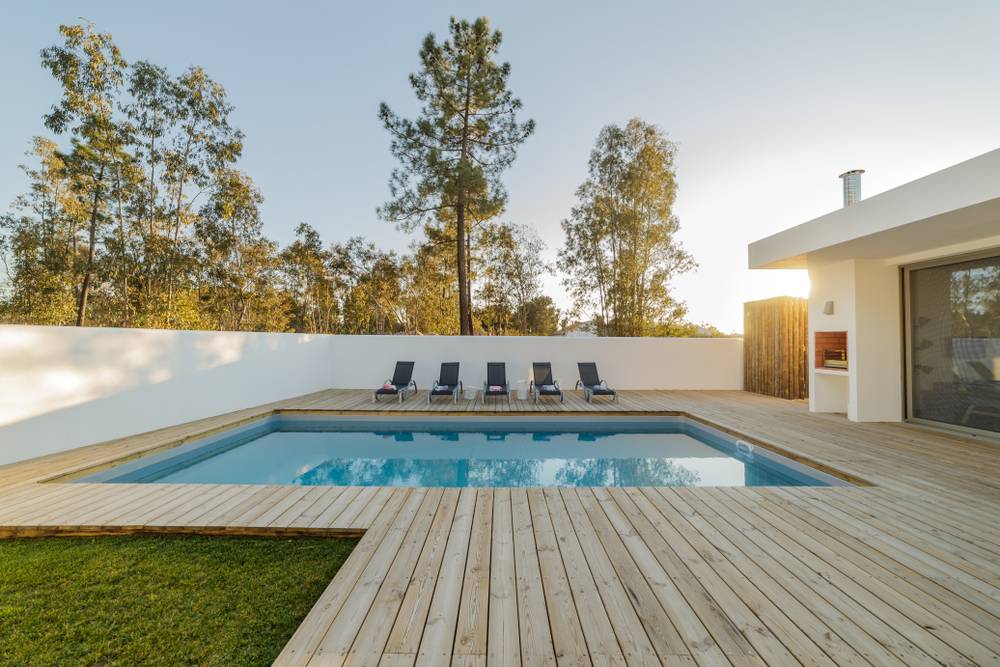This is crazy, I just sprayed 4 cans of clear flex seal on my 15 year of diamondbrite. I got ghosted by a pool repair guy. My diamondbrite was failing so bad it clogged the bottom drains and caused a poor circulation algae bloom. I drained the pool. Cleaned the walls of algae stains and felt how bad the diamondbrite is failing. I need a few months to find a new pool repair company. Not easy where I live. The empty pool was a hazard. I got desperate and said scrxxx it. I need a few months. My pool has never been so clean and so far the flex seal is holding up. 4500 gallons in key largo Florida. It doesn’t have UV inhibitors which is my main concern.
So. What’s everyone’s opinion. Stupid ? Ok
For a few months? Not a big deal, it will just flake off ?
I would love to spray a real clear coat epoxy but haven’t found one. Oh. I got one other company to actually show up and quote me $15k for new diamondbrite. I’m retired and I’d rather learn pool plaster and spend that money on my boat then $15k this year for plaster.
So. What’s everyone’s opinion. Stupid ? Ok
For a few months? Not a big deal, it will just flake off ?
I would love to spray a real clear coat epoxy but haven’t found one. Oh. I got one other company to actually show up and quote me $15k for new diamondbrite. I’m retired and I’d rather learn pool plaster and spend that money on my boat then $15k this year for plaster.










